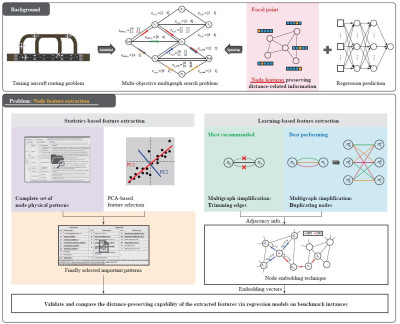News
Research outlining faster and more cost-effective pathways for aircraft published in Green Energy and Intelligent Transportation
22 March 2024

As air mobility technology progresses, seeing the introduction of vehicles such as air taxis and on-demand or unmanned aircraft, it is vital to ensure that they interact smoothly with existing airport infrastructures.
Researchers are finding ways to optimise airport ground movement in both efficiency and energy consumption, while prioritising safety in future airport environments with mixed traffic. Central to this research area is the routing and scheduling of aircraft, taking into account multiple objectives.
An essential aspect of routing and scheduling is estimating costs. Where previous work employed exact search algorithms to work out these costs, it was computationally expensive.
This new paper from Queen Mary researchers Songwei Liu, Dr Xinwei Wang, Dr Michal Weiser and Dr Jun Chen, published in the Green Energy and Intelligent Transportation journal, outlines the node feature extraction from airport taxiway networks, which lays the foundation for effort-less feature-based cost prediction for aircraft movement. They propose and evaluate two feature extraction methods: statistics-based and learning-based methods. Their findings highlight the superiority of the learning-based method in terms of efficiency and accuracy.
Songwei Liu said “For the first time, we compare the prediction accuracy of shortest distances using the statistics-based and learning-based node feature extraction methods, and the results can potentially aid in the design of heuristic search algorithms for airport taxiway networks.”
| Contact: | Songwei Liu |
| Email: | songwei.liu@qmul.ac.uk |
| People: | |
| Research Centre: |

